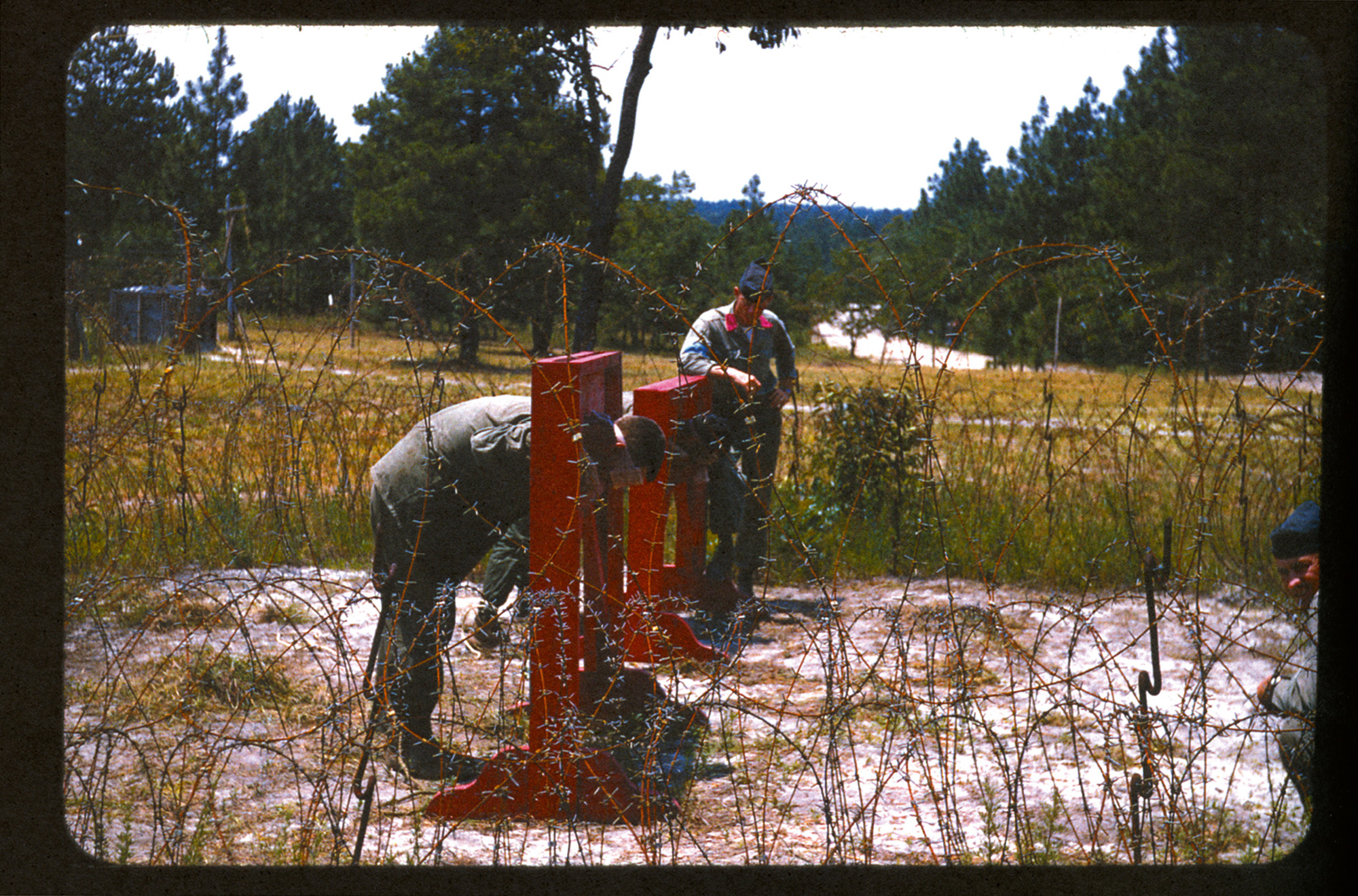Legend / The Punished Aroma of Colportage
Cold notions, cold pastorals, cold cases
Wayne Koestenbaum
“Legend” is a column by Wayne Koestenbaum in which he suggests one or more possible captions for an image provided by the editors of Cabinet.

Things find expression in words without first asking permission.
—Walter Benjamin, “Main Features of My Second Impression of Hashish”
1. At noon, every day, a stranger telephones me to ask about interest payments. Every day, at noon, I hang up on this courtesy caller. She is a recorded message. Perhaps a real woman made the recording; or perhaps a computer program simulated a woman’s voice. Each day I hang up with increasing violence. If you want to speak to a service representative, please press nine now.
2. A photograph of mock-punishment provokes thought about genuine punishment. I don’t intend to take a comic tone: comedy enters through language’s back door. Should I deactivate my allegorical tendency, my desire to find significance in every image? My new vow is to let the signifier slide, without asking permission first. Sand, Jerry Sandusky, seduction hypothesis, statute of limitations, San Quentin. Dunking for apples, Dunkin’ Donuts, Dummkopf, Delilah, Drucilla Cornell’s Philosophy of the Limit.
3. I saw the first part of Shoah on a big screen, in a movie theater. I saw the second part on a little screen, at home. I remember nothing of Shoah’s second part. Of the first part, I recall the peaceful, bleak appearance of Eastern European fields, atrocity’s unoccupied environs.
4. John Greyson, Canadian filmmaker, was released from prison in Cairo yesterday; he’d been beaten, unjustly imprisoned, without charges, after filming a massacre’s aftermath. (“We deserve due process, not cockroaches on concrete,” he and fellow prisoner Dr. Tarek Loubani said.) I don’t want to use a friend’s imprisonment to serve my own petty rhetorical ends.
5. In a found, sourceless photograph of military men with heads playfully inserted into the stocks (a medieval punishment device), I could take pleasure in the composition’s horizontal and vertical lines. (Are the punished men dummies? Or are they real? The stocks look like a Robert Indiana sculpture.) I could take pleasure in the skinny tree’s vertical line. (I’m trying to divorce myself from formalism, but I can’t avoid its embrace.) Somewhere I recently read that horizontality and verticality, when juxtaposed, represent heterosexual intercourse. Maybe in Unica Zürn’s Dark Spring, the last book she wrote before throwing herself out a window? Reading Dark Spring, on a plane from Denver to Winnipeg, I was seated next to a wide man. When the cabin’s lights went out, I found myself leaning into him, not because I found him attractive, or because he would welcome my pressure, but because Dark Spring had given me a hunger for random physical contact with strangers. Later that night, in Winnipeg, at a hotel bar, I told my friends about pressing into the wide man. I framed the story as an allegory about degradation.